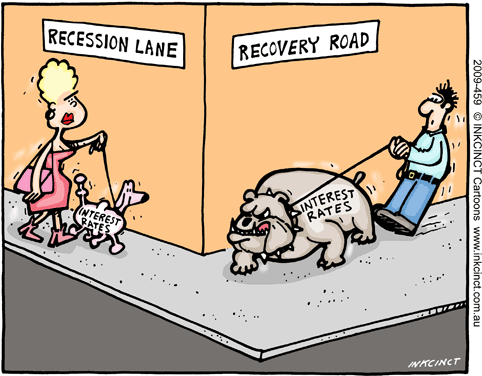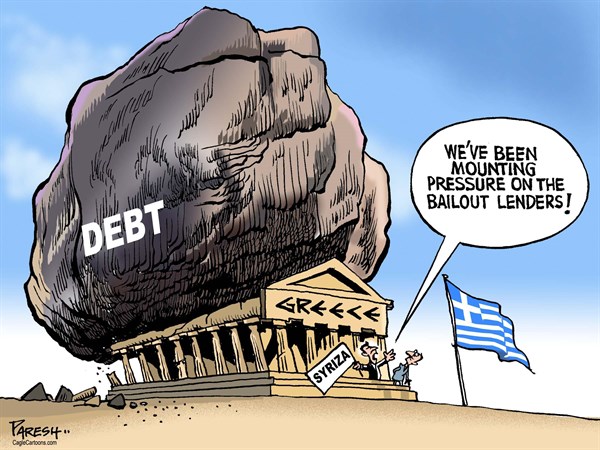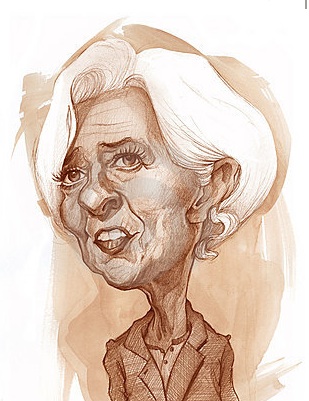Adair Turner writes: Financial markets were surprised by the Bank of Japan’s recent introduction of negative interest rates on some commercial bank reserves. They shouldn’t have been. The BOJ clearly needed to take some new policy action to achieve its target of 2% inflation. But neither negative interest rates nor further expansion of the BOJ’s already huge program of quantitative easing (QE) will be sufficient to offset the strong deflationary forces that Japan now faces.
In 2013 the BOJ predicted that its QE operations would deliver 2% inflation within two years. But in 2015, core inflation (excluding volatile items such as food) was only 0.5%. With consumer spending and average earnings falling in December, the 2% target increasingly looks out of reach.
The unanticipated severity of China’s downturn is the latest factor upsetting the BOJ’s forecasts. But that slowdown is the predictable (and predicted) consequence of debt dynamics with roots going back to 2008.
Excessive private credit growth in the advanced economies before 2008 left many companies and households overleveraged, and their attempted deleveraging after the global financial crisis erupted that year threatened Chinese exports, employment, and growth. To offset that danger, China’s rulers unleashed an enormous credit-fueled investment boom, pushing the debt/GDP ratio from around 130% to more than 230%, and the investment rate from 41% of GDP to 47%. This in turn drove a global commodity boom, and strong demand for capital-goods imports from countries such as South Korea, Japan, and Germany.
But the inevitable consequence within China was wasteful construction investment and enormous overcapacity in heavy industrial sectors such as steel, cement, and glass. So even though service-sector expansion supports strong employment growth (with 13.1 million new urban jobs created in 2015), the Chinese industrial sector is in the midst of a hard landing.
Indeed, official survey results suggest that manufacturing has contracted for six months in a row. This, in turn, has reduced demand for commodities, driving countries such as Russia and Brazil into recession, and posing a major threat to African growth. Lower industrial imports are having a major impact on many Asian economies as well. South Korea’s exports fell 18% year on year in January, and Japan’s fell 8% in December.
In the eurozone, annual inflation is running at 0.2% – still far below the European Central Bank’s target, and German exports to China are down 4%. As a result, at its March meeting, the ECB’s Governing Council may also consider moving interest rates further into negative territory, or increasing the scale of its QE program.
But it is increasingly clear that ultra-low short and long-term interest rates are not boosting nominal demand.
The BOJ’s announcement of a negative interest rate certainly did produce a currency depreciation. But a lower yen would help Japanese exporters only if China, the eurozone, and South Korea – all themselves struggling with deflationary pressures – do not match Japan’s rate cuts.
At the global level, currency depreciation is a zero-sum game – we cannot escape a global debt overhang by depreciating against other planets.
Depressed equity markets and falling bond yields worldwide in January 2016 thus illustrate the global nature of the problem we face. Demand is still depressed by the overhang of debt accumulated before 2008. Indeed, this pre-2008 debt has not gone away; it has simply been shifted between sectors and countries.
Total global debt (public and private combined) has increased from around 180% to more than 210% of world GDP. Faced with this reality, markets are increasingly concerned that governments and central banks are running out of ammunition to offset global deflation, with the only tools available those that simply redistribute demand among countries.
But the fact is that central banks and governments together never run out of policy ammunition to offset deflation, because they can always finance tax cuts or increase public expenditure with printed money. This is precisely what the Japanese authorities should do now, permanently writing off some of the BOJ’s huge holdings of Japanese government bonds and canceling the planned sales-tax increase which, if it goes ahead in April 2017, will further depress Japanese growth and inflation.
There are no credible scenarios in which Japanese government debt can ever be repaid in the normal sense of the word “repay”: and none in which the bulk of the BOJ’s holdings of Japanese government bonds will ever be sold back to the private sector. The sooner that reality is admitted, the sooner Japan will have some chance of meeting its inflation targets and stimulating total demand, rather than seeking to shift it away from other countries.











